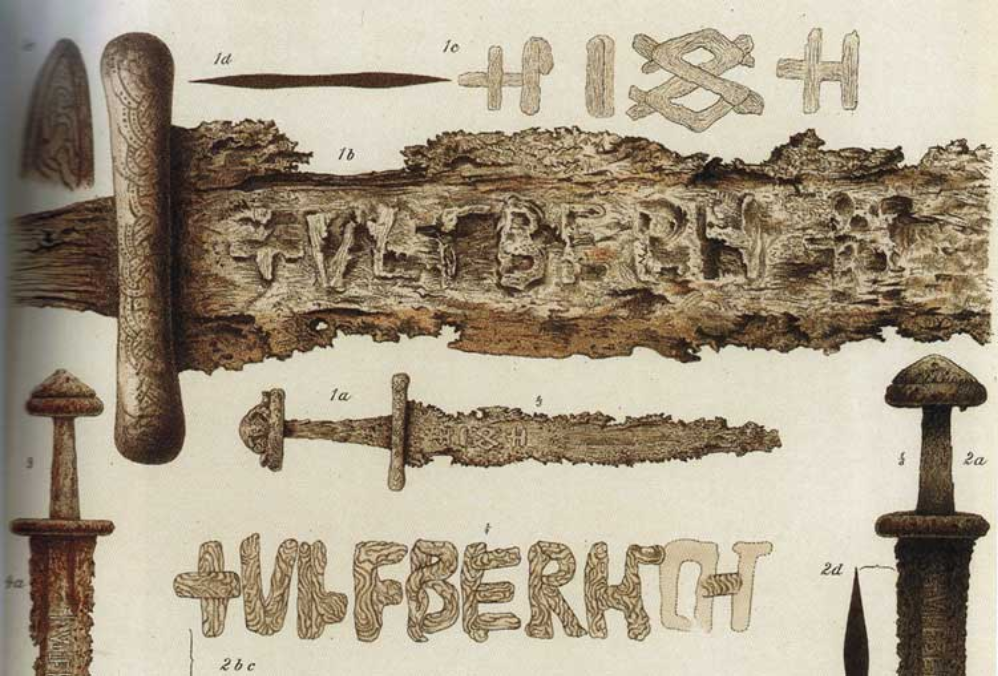Ulfberht Swords: Luxurious Brand for the Noble in Viking Age
Back in the Viking Age, a sword was something luxurious and not every warrior in the troop could have for themselves a sword. Indeed, we might commonly think that a warrior would carry with him a sword into the battle. But that isn't the case in the Viking age. The common weapon was axe or spear and the sword was owned by the wealthy and the noble. Sword was a symbol of luxury and the Ulfberht sword was a higher level of luxury in the Viking Age.
What was Ulfberht Sword?
Ulfberth sword was commonly seen as the sword existing in the transition phase between the end of the Viking Age and the new period.
Ulfberth sword was mainly associated with the Viking warriors. They were a medieval presentation of Gucci back there. It meant that an Ulfberth sword was a symbol of wealth and status. It also meant that not everyone could have it and it was much better than what other people were using.
Historians believed that the original homeland of this sword was the Kingdom of Francia.

Ulfberht swords on display in Berlin
Ulfberht "Brand"
The word "Ulfberht" was believed to be a Frankish word and the precise meaning remains a mystery. On the sword, they inscribed "+ULFBERH+T" in Latin letters. Many historians and archaeologists agreed that it was the name of the sword's creator. It could have been passed down on the family of the craftsman.
"Ulf" can possibly means "wolf" while "beraht" can refers to "light" or "bright". However, this is a modern way of interpretation.
The sword was much sharper, stronger, and more flexible than any sword dating back to the Viking Age. This meant anyone in possession of the Ulfberht sword was likely to gain the upper hand in the battle. Historians believed that the warriors with the Ulfberht sword often used the sword to bock the blade of the foes and their strong Ulfberht sword didn't shatter. Broken sword in the battle was never wanted thing back there. With the sharp point and high-quality material, the Ulfberht sword could slide through the defensive chain mails of the warriors on the battlefield while other swords failed.


Footage of remains of an Ulfberht sword
The process to produce the Ulfberht sword was ahead of their time. The fact is, creating this type of sword with a large scale was impossible until the industrial revolution.
The archaeologists and scholars believed that what made this sword powerful was the distribution of carbon inside the weapon. Steel swords were made by mixing iron and carbon. Adding too much carbon would make the sword easily broken. Adding too little would make it not strong enough. The amount distributed within the Ulfberht sword was just perfect. This made the sword last longer and outperform other swords.
By far, there have been about 170 genuine Ulfberht swords that survive the test of time. They are in a Viking traditional style of the sword: long, double-edged, and straight crossbar over the grip.




